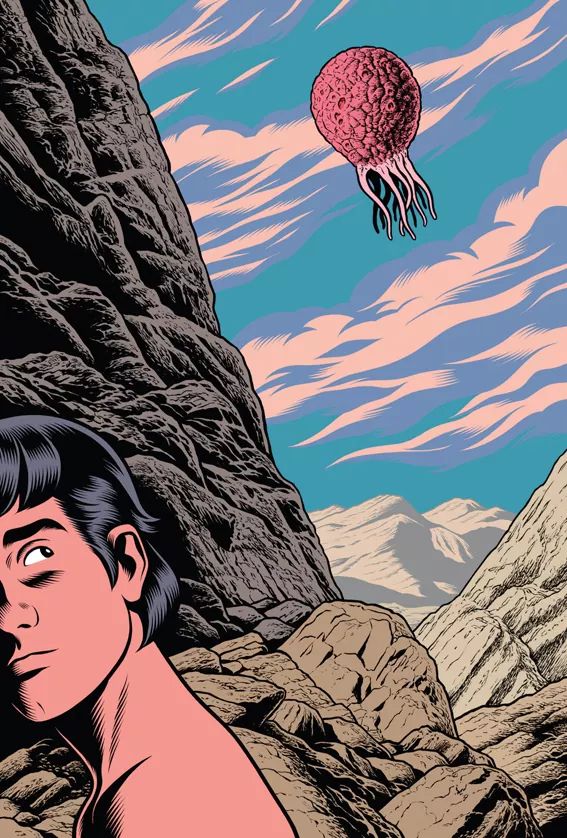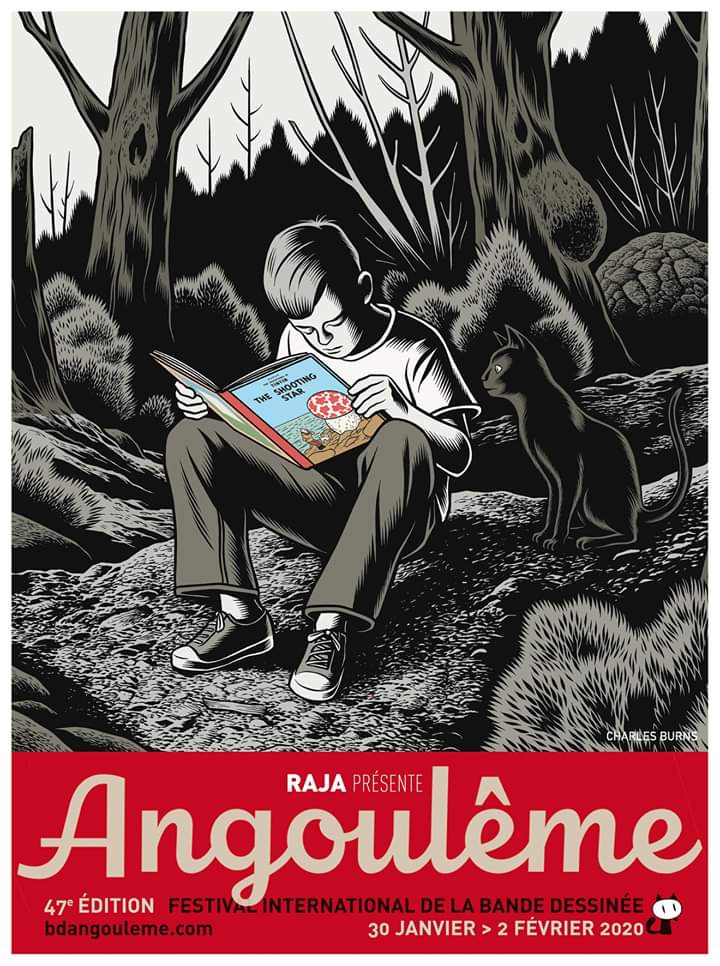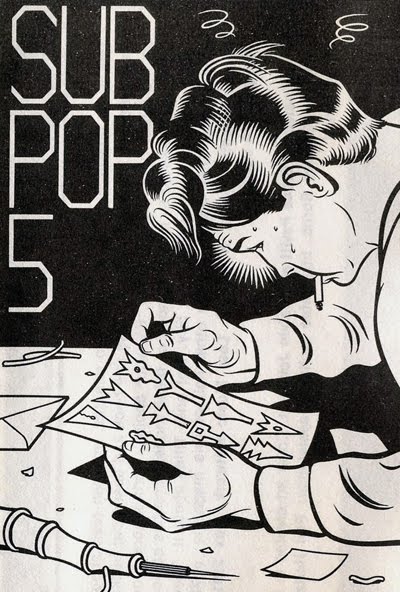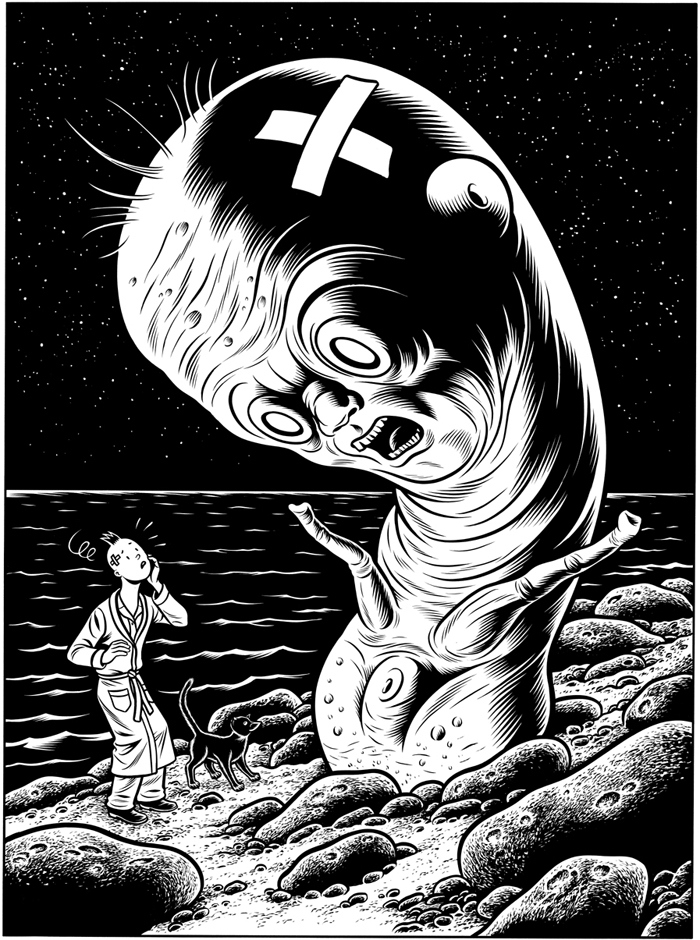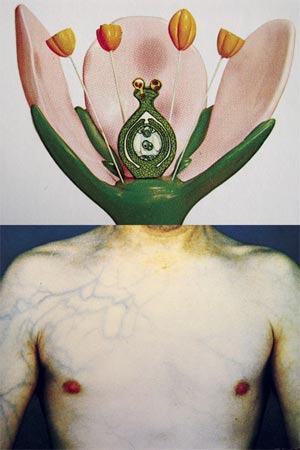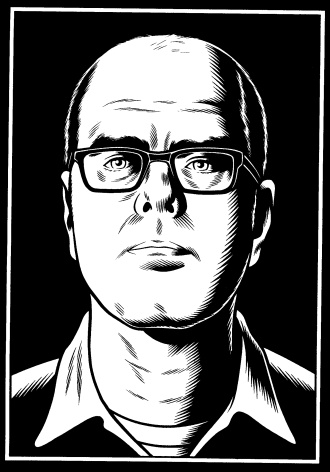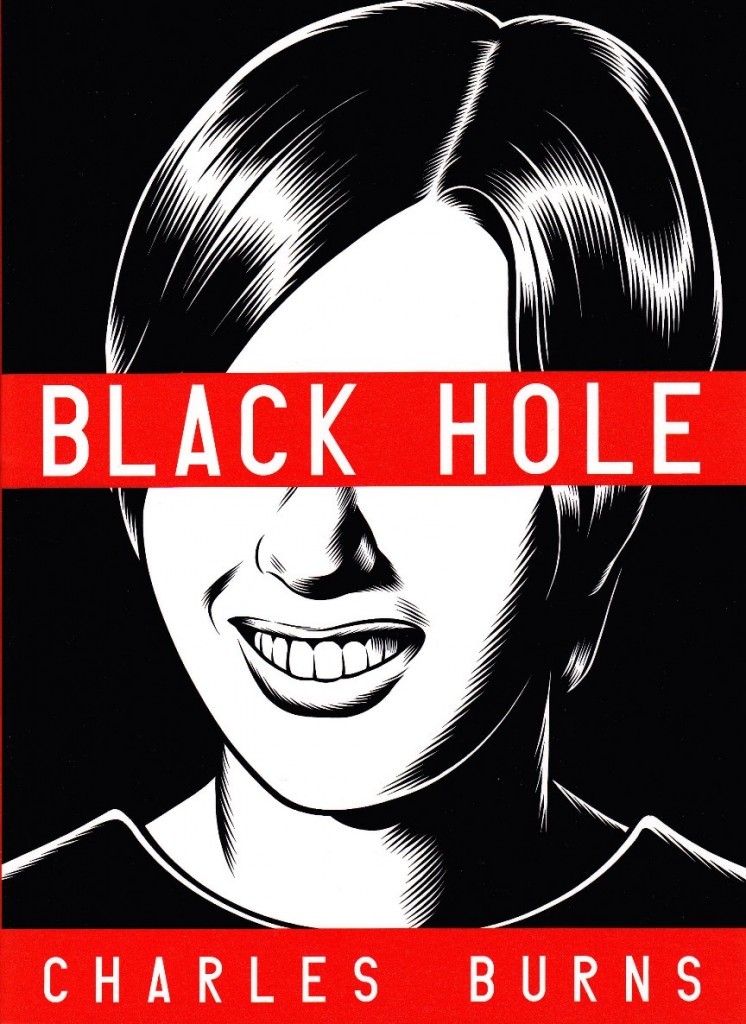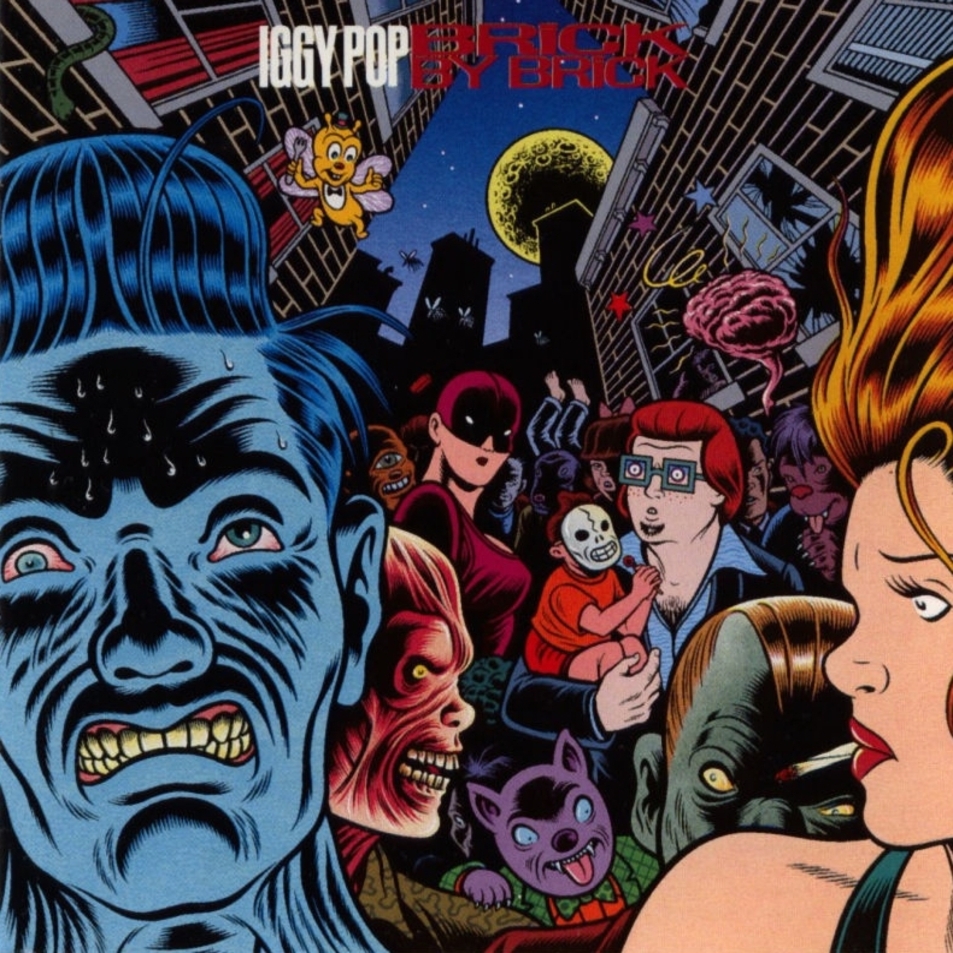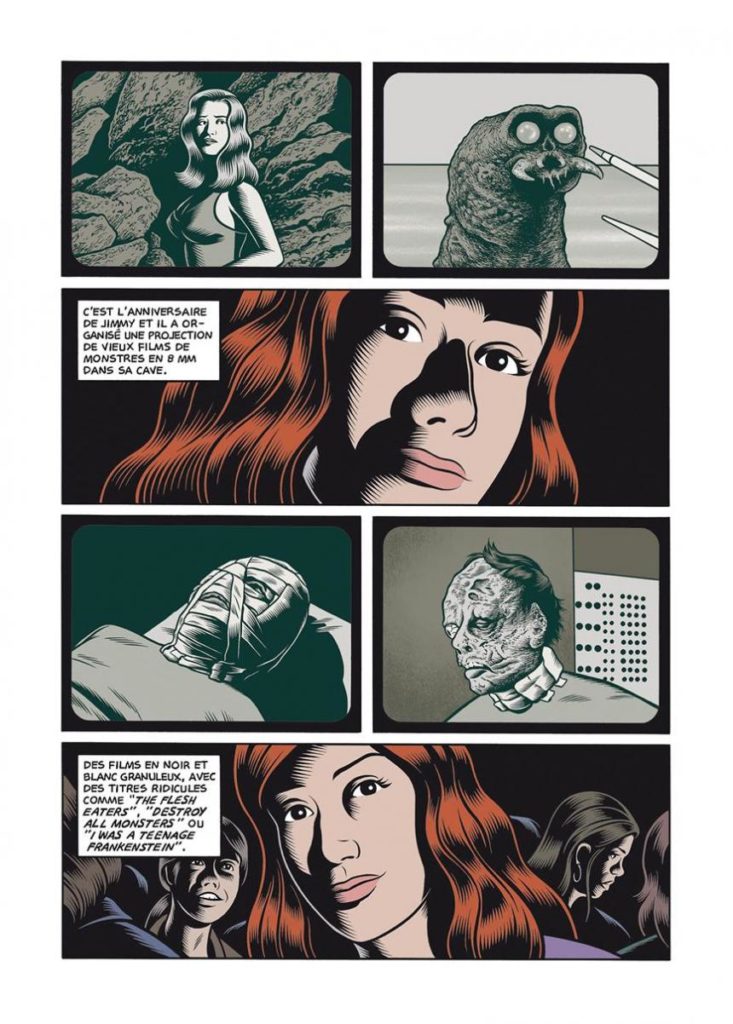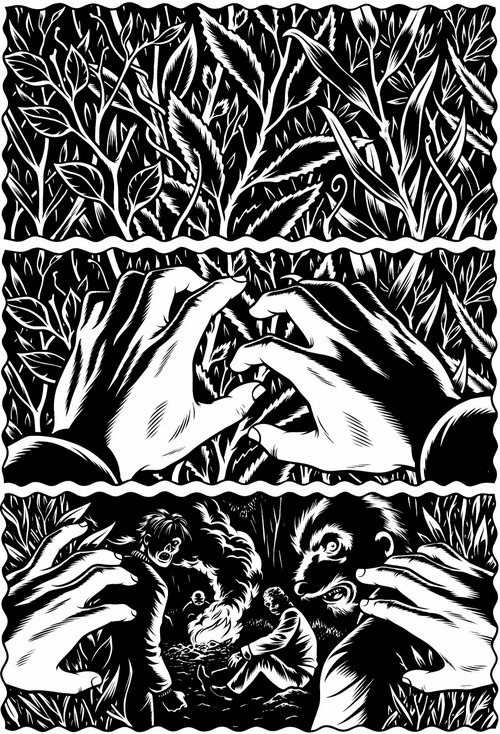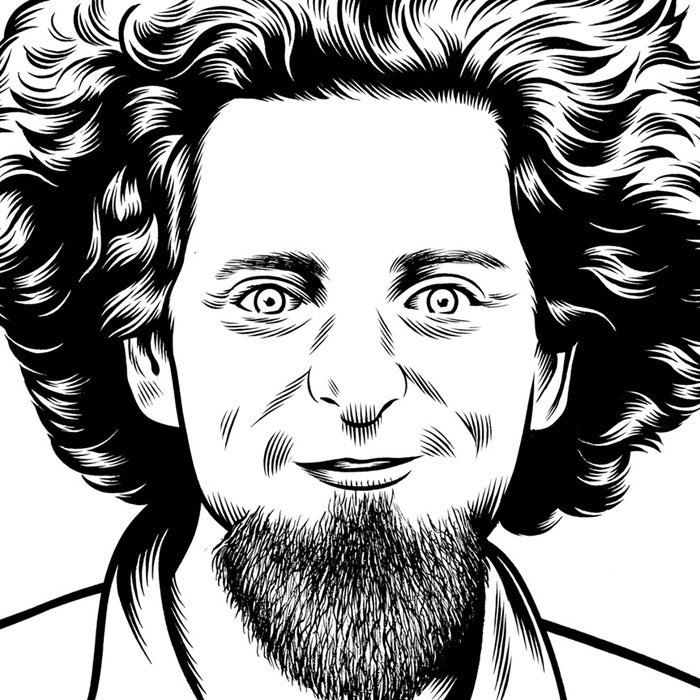One way to talk about Charles Burns would be to evoke his drawing : this is probably the first thing that comes to mind when mentioning the name of the comics heavyweight. For more than thirty years, he has left a long-lasting graphic legacy that will not only mark modern drawing but also that has always remained in tune with the times, far above the fray. His unique and timeless inking has given a new dimension to the black and white notion in drawing ; striking : that is the least one can say.
This would however be extremely simplistic : the atmosphere that comes out from any of his works is at least as striking, and his bibliography keeps on paving a way that’s one of its kind. The weirdness that’s found in his stories, the sometimes unhealthy fascination, the often disruptive mood, these traits are also part of his trademark. It would be much easier for a lazy columnist to quote David Cronenberg or David Lynch than find a genealogy of his work in the field of comics exclusively…
Among all his books, some drew more attention than others : from 1995 to 2005, the Black Hole series has become one of the most acclaimed (and read!) comics of our times. Yet this dark masterpiece of fantasy is a fragment of a work which merits much more than the simple expression of a deaf cacophony, of a disturbing dreamlike realm… Societal criticism is consistently present, and Burns spares no one : between psychological disorders and shirking of responsibilities, between approaching neurosis and fatal and often cruel outcomes, hope is nowhere to be found in this creator’s lucid and inspired work.
More recently, he continues a work that is equally essential : odd gateway between fiction and reality whom Burns use and abuse, the Johnny23 trilogy (X’ed Out ; The Hive ; Sugar Skull) offers comics enthusiasts an incredible reading experience. He reinvents for the occasion his own relationship with drawing by exalting his intense black in a complex and mesmerizing use of color. The traditional ellipsis linked to comics is therefore compromised, because these three books constitute for the author a great opportunity to set his accounts with several specific subjects : the outbreak of the punk scene and its stillborn illusions, filiation and its complexity, drug use and the price to be paid… Their two great figures being Tintin and William Burroughs, nothing less.
Charles Burns was born in 1955 on the U.S. Northwest coast. He studied alongside mythical Linda Barry and Matt Groening. He is also into photography and get noticed by Françoise Mouly and Art Spiegelman and therefore takes part of the mythical Raw magazine as soon as 1981. Around the same time, he illustrates record covers and cassette covers for the mythical Sub Pop label, and a bit later for mythical Iggy Pop. He works in advertising, most notably for the mythical Altoids pills. He works regularly for mythical newspapers Time Magazine, The New Yorker, Rolling Stone, the New York Times Magazine, The Village Voice, etc. He designed the front covers of The Believer magazine and co-directed a short animated film (Fear(s) of the Dark, 2007). He received tons of awards and prizes, most notably among those Eisner Awards, Harvey Awards, Ignatz Awards. He currently lives in Philadelphia with his wife and their two daughters.
Bibliography :
- Sugar Skull (Pantheon, 2013)
- The Hive (Pantheon, 2011)
- X’ed Out (Pantheon, 2010)
- Best American Comics 2009 (2009) (as an editor)
- One Eye (Drawn and Quarterly, 2007)
- Black Hole (2005)
- Skin Deep (Fantagraphics, 2001)
- Big Baby (Fantagraphics, 2000)
- El Borbah (Fantagraphics, 1999)
- Facetasm (with Gary Panter) (Gates of Heck, 1998)
- Modern Horror Sketchbook (1994)
